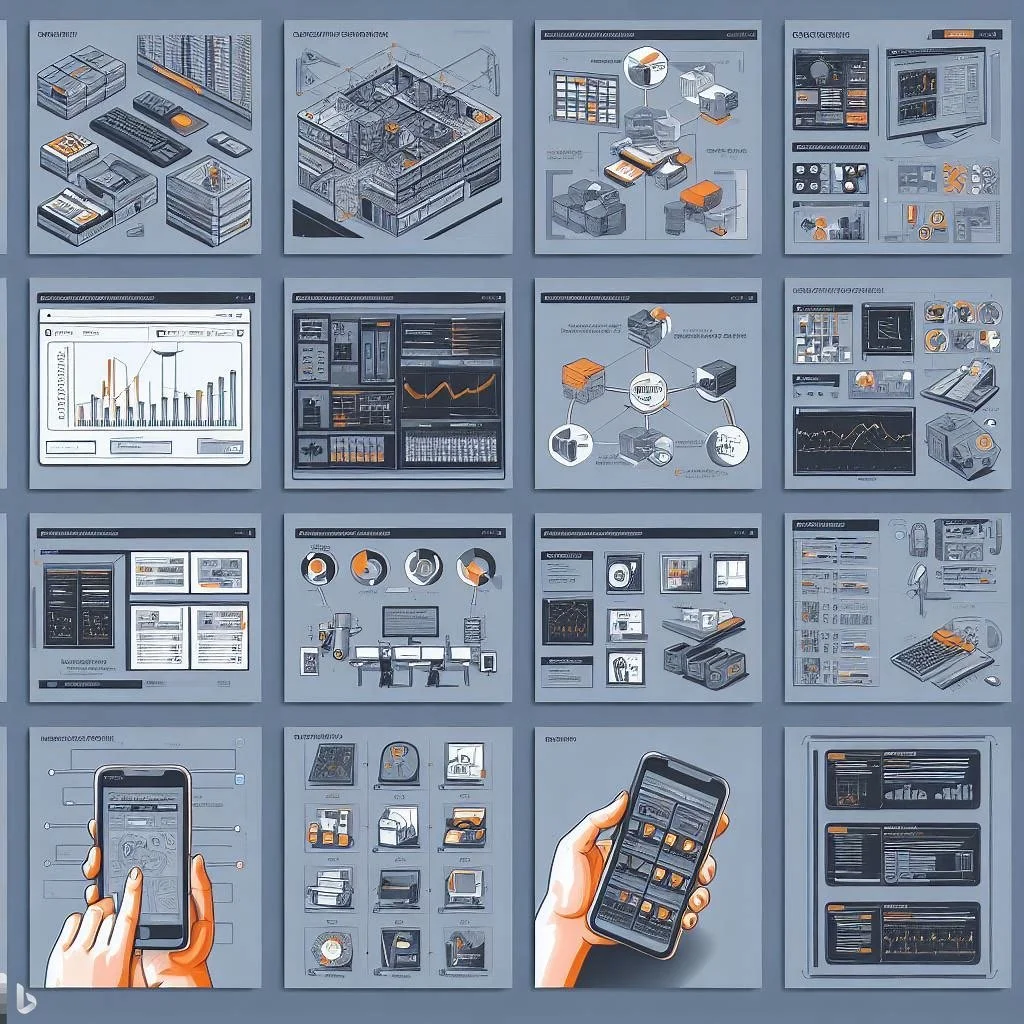What is Network Cabling?
Network cabling is basically a connection of multiple computers. Although a network administrator handles safely connecting two or more computers and connecting different network cables which will help build the network securely.
Network cabling is the medium of connection of multiple cables to make a network. In the network it allows information to be transferred from one platform to another quickly. One of the most common cables to use for communication between computers is LAN, a local area network. LAN helps computers share information from one to another. Other cabling types are twisted pair cable, coaxial cable, and optical fiber cable.
Network Cable Types
Coaxial Cable
Coaxial cables are best utilized for the connection of two or more desktop computers. The main components of a coaxial cable are a sheath, a braiding, an isolator, and a conductor, each component covering each other in increasing order. The structure of a coaxial cable is the topmost layer being the sheath then the braiding, conductor, and isolation.
Coaxial cables have two types, single-core and multi-core, these were in use before the invention of computers, thus these cables were being used for daily purposes and general work. They are easy to use for building a network and very inexpensive, cheaper but durable.
Optical Fiber Cable
Fiber optic cables are made up of a jacket, core, buffer, and cladding, all wrapped one after another. The core is used for transmitting data over a longer distance, utilizing the form of light to carry data signals. Cladding then transmits light back to the core, buffer protects the transmission of light from leaking. Lastly, if there is any physical damage then the jacket protects the fiber cable.
Fiber cables are used for long-distance transmission at the highest speed, sending signals 40 kilometers long at 100Gbps. There are two types of fiver optical cables, single-mode fiber, and multi-mode fiber. Single-mode fiber is more reliable, using only a single beam of light in the cable, supporting a great bandwidth and extensive distances. Multi-mode fiber contains many beams of light, works well with a small distance and contains a great amount of data.
Twisted Pair Cable
Twisted pair cables were introduced to satisfy the need for cables for communication and connectivity. The tested pair cable used was called the Ethernet cable, these cables are used in small and large organizations and in-home locations too.
The cables are structured to help with the color-coding concept, twisted pair cables consist of four colored wire pairs made up of insulated copper wires. One wire is a solid color and the other is completely stripped.
Two types of cables that are used for connectivity between desktops are STP and UTP. UTP is the unshielded twisted pair cable, it is covered in only one plastic sheath. The other is a shielded twisted pair cable, it is more protective and has an additional layer of metal shield that is covered with an outer plastic sheath.
Differences Between the Twisted Pair Cables
Both UTP and STP cables help for data transmission.
UTP cable cost less than an STP twisted pair cable.
Both UTP and STP use connectors, RJ-45 also known as a registered jack is the most common.
STP cables make noise, UTP cables do not.
STP cables are EMI resistant.
STP and UTP cables hold a length of 100 meters or more.
There are 1024 nodes used in both the cables segments.
This is Network Cabling, for more content like this, contact us!















